Last Updated on April 11, 2022 by Heather Hart, ACSM EP, CSCS
Etiquette posts always have an air of pretentiousness to them, and I’m sure the thought of reading about “trail running etiquette” is no expectation. But I assure you that the intent of this post is not gatekeeping, but rather, an attempt to help educate others as a means to protect and preserve something we all love: trails.
The unfortunate reality is that as powerful, resilient, and awe-inspiring nature can be, it also has a very vulnerable and fragile side as well. Especially when humans are involved: we sure to have a destructive reputation.
So while in general, so many etiquette “rules” are indeed ridiculous, pompous, and arguably outdated, the tips listed in this post are meant to ensure the integrity of the trail from an environmental standpoint, as well as help keep trail users safe. It is my hope that no matter what
Best Trail Running Etiquette Practices for Training and Racing:
I wish there were enough words to describe how much I love running on trails. It’s exhilarating. It’s primal. It’s freeing. It’s a way to exercise while simultaneously enjoying the great outdoors and experiencing all that nature has to offer. The ever changing terrain always provides a challenge, and the quiet, peacefulness of nature always leaves me feeling mentally refreshed.
Those who know me know that I’m a huge advocate of getting more and more people into the sport of trail running.
But with heading into the woods and onto the trails comes an entirely different set of rules compared to running on the road. Some of these rules are common sense, while others may be new to unexperienced trail runners. Some of the rules are simply out of respect for land owners and other trail users, while others have a direct impact on the sustainability of the surrounding environment.
Following basic trail running etiquette ensures an enjoyable experience for all trail users, as well as ensuring the integrity of the trail for future users.
1. Follow All Trail Markings, Stay On Trail
What many people don’t realize is that more often than not, local trails merge in and out of public AND private property. Check for signs, warnings, and updates at the trail head before proceeding on your trail run. Respectfully staying on trail ensures that property owners will continue to allow users to enjoy the trail. If a sign says “no trespassing”, then as common sense would dictate: don’t trespass.
But what many don’t realize about trail etiquette, is that it’s about far more than keeping other people happy: we’ve got to keep the trails happy too.
From an environmental standpoint: staying on the trail helps to protect the natural surroundings, wildlife, and plants, as well as prevent erosion that could compromise the integrity of the trail. Often times trails will be rerouted to allow new growth, or even protect nesting birds. Remember, this is THEIR home.
2. Adhere to Open/Closed Trail Status
Some trails truly are wild, carved by wanderers through private lands. Others are purposefully built trails on public land, designed specifically for public use. The latter types of trails are typically cared for and maintained on a regular basis, whether it be by park rangers or by a group of volunteers. These types of trails are often closed due to inclement weather. Running, hiking, or cycling on wet trails can cause erosion of soils/substrates, or can simply destroy the trails and/or features.
Further, a portion of trail may be closed if there is a naturally occurring event that mustn’t be disturbed, like, nesting birds or a threatened plant species re-growing.
Often, you might not understand why a trail is closed, or you may think it’s “not that muddy”, etc. I assure you that the people in charge of maintaining the trail have perfectly valid reasons for closing the trail. For the good of the trail, please respect and adhere to open/closed trail status.
3. Leave No Trace
Carry in, carry out, period. This is a simple concept, and a trail running etiquette rule that I think most runners mean to adhere to. But as with most things, good intentions are not enough. If you bring something in, make extra sure that you pack it out. This counts for everything, even items you may assume are biodegradable or environmentally friendly, like fruit peels or toilet paper, or yes -even poop (see “when Nature Calls” section below). Sure, some of these items may break down over time, however, introducing them into a non native environment may cause a host of other issues.
Pay special attention to garbage like gel wrappers…and the small tab you tear off to open the gel. These often get left behind on the trail, even accidentally, when they fall out of the pockets they were meant to be secured into.
Pro tip: to ensure you are an environmentally responsible trail runner, always keep a reusable ziplock bag in your hydration pack. You can use it to put all of your trash in, rather than stashing small pieces in your pockets or hydration pack that can inadvertently fall out.
4. Respect Wildlife
Chances are good you will stumble across some sort of forest critter while running on trails. From spiders and snakes to deer or even bears, the trails you run on may be home to countless forms of wildlife. The key word here is “home”, as in theirs, not yours.
While a trail is merely an outlet for physical activity for human beings, it is home to countless creatures that live in the forest. Be respectful of the wildlife by giving any animals you encounter the right of way. Do not disturb any sort of nest or habitat that you may encounter. Though it shouldn’t even have to be said: don’t chase anything.
If a snake crosses your path, go around. If a cute furry rabbit appears on trail, do not chase it. You get the idea. These guys are not out to hurt you or ruin your run, they just want to carry on with their business. Please let them.
5. Be Mindful of Your Dog’s Impact
Speaking of wildlife, part of being an environmentally responsible trail runner means making sure your dog is not doing any harm to nature as well. That’s right – your dog has trail running etiquette rules to follow as well.
“Wildlife is the #1 reason we have rules about where dogs can go and when they need to be on leash.” says Jim Dees, Outdoor Educational Coordinator for the U.S. Forest Service.
“In the spring especially, dog-wildlife encounters can go badly – for both the wildlife and the dog. We spotted a mama bear here last month with FOUR cubs – very unusual! The odds of all four surviving are slim. Every time those cubs have to run could tip the scales for one of them. And Mama would not react well to a dog running through! The same goes for the survival of fawns and other animals.”
It’s also imperative that you clean up after your dogs. Dog feces can be dangerous for the same reasons as human poop above. Further, please carry out your little plastic poop bags. Yes, some of them do claim to be biodegradable, but it may take YEARS for those bags to actually decompose.
6. Stay to the Right, Pass on the Left
Similar to road traffic (at least in the United States*), stay to the right when encountering another trail user headed in the opposite direction. If you must pass someone headed in the same direction, be sure to make your presence and intentions to pass known by shouting (politely, of course) “on your left” or “passing on your left”. This trail etiquette practice will prevent startling the other trail user, and will also give them opportunity to safely move to the right to allow you to pass. Be sure to always pass on the left.
If a runner is approaching you from behind, be sure to stay to the far right when the trail allows, allowing the other person plenty of room to safely pass.
(*since originally publishing this post, I’ve heard some other countries do indeed keep to the left, and pass on the right! So, the point is, keep to the side when possible to allow other trail users to safely pass.)
7. Always Stay Aware of Your Surroundings
Be aware of your surroundings at all time, not just for your safety, but the safety of others. Yes, that means leaving your headphones at home, or at least keeping on ear bud out of your ears so you can still hear. This way you’ll be able to hear if anyone …or anything (bear? Moose? I’m kidding…sort of ) approaches from behind.
If you choose to play your music out loud, please keep it at a low volume that only you can hear Yeah, this one does border on the “Emily Post” type of etiquette. But the reality is, everyone comes to nature for their own reasons. Many people seek the quiet solace of the great outdoors, and hearing your choice of music blaring through the trees can be a total nature bathing buzzkill.
8. Yield to Slower Traffic (but Use Common Sense)
Who yeilds to whom is a constant source of disagreement in the greater trail user world. According to the United States Department of Agriculture and Forest Service: “Wheels Yield to Heels. Keep this in mind when approaching other trail users. Bicyclists or motorized vehicles yield to all other users while hikers, walkers, yield to horseback riders”
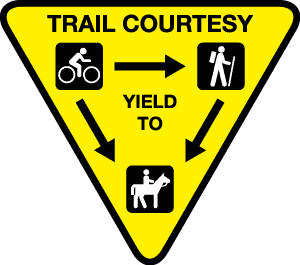
It’s true that faster traffic should always yield to slower traffic. This applies to walkers, runners, and cyclists. However, you may encounter a situation when this rule can be ignored, and instead common sense and courtesy may be applied.
For example, if you are walking downhill, and a mountain biker is climbing the steep difficult hill, it is considerate to allow them the right of way in order to avoid having to stop on a difficult climb. Or, if you are on a very narrow trail, and it is MUCH easier for you to quickly step off of the trail, rather than have a mountain biker navigate some brush, rocks, etc…just step aside. Do you have the right of way? Technically, yeah. But is it the courteous and easy thing to just step aside? Yes. Earn your trail karma. Step aside.
Oh, and everyone should yield to horses. Despite their massive stature, they can be giant babies, and seemingly scared of everything. Give them space.
9. When Nature Calls
To put it bluntly: squatting behind a bush when you have to poop is simply part of the trail running experience. But did you know that simply stepping off trail and finding a little bit of privacy isn’t always enough?
While urine has little effect on vegetation or soil, and doesn’t carry infectious diseases or parasites, fecal matter on the other hand poses a ton of potential environmental concerns. But that said, animals may be attracted to the salts in urine. So…
If you Have to Pee
First, find a spot that is at least 200 feet from any potential water sources. And obviously, step off trail…your fellow trail users would rather not step in your “business”. Urinating on gravel, pine needles, bare soil and rocks is less likely to attract curious critters. If those options aren’t available, “scuffing” the ground with your feet (especially soil or gravel) can help make it more absorbent, reducing the risk of splashing.
If You’ve Got to Go #2:
The best thing you can do is to dig a small hole, about 6 inches in depth, to do your business into. Be sure to cover the hole back up when you are finished. If you are running in an area where the soil is not conducive to digging a hole, you’ve got to carry your poop back out.
Yeah, I said it. Carry out your poop. Here’s the thing: mountains and trails everywhere are being overrun by human feces causing not only an unsightly experience for fellow runners and hikers, but it’s threatening waterways and wildlife. We don’t seem to bat an eye at picking up dog poop with plastic baggies, so we shouldn’t be grossed out doing it with our own excrement.
And for both: be sure to also pack out your toilet paper.
Related post – “When Nature Calls: A Trail Runner’s Guide to Going to the Bathroom in the Woods”
10. Always Make Trail Safety a Priority
Follow basic safety guidelines to keep yourself AND everyone else on trail safe. Pay attention to what you are doing, and where you are going, in order to avoid collisions with other runners or riders. Paying attention to where you are going can also help avoid getting lost, and thus potentially putting others in danger if they have to come looking for you.
Putting other runners and riders at risk by NOT paying attention to what you are doing is pretty selfish, and will totally negate the good trail karma you earned above by stepping off of the trail to let a bike pass.
Check out the post “Trail Running Safety Tips” for a more in depth list of how to stay safe on the trails.
11. Be An Ambassador For Trail Running
“Silly as it may sound, silly as it is, there are hiker purists out there who think runners must all be jocks who don’t appreciate nature the way they do.” says Dees
“They think that runners blow by without stopping to appreciate the place, and so it’s probably runners who do most of the trail damage and littering. Those of us who work here don’t really think that, but it’s one of the public pressures we sometimes deal with. Those of us who run can help by making sure that’s not the image we project on the trails. Be courteous to those you pass. Let people see you pausing to pick up litter, not leaving it. And maybe comment as you pass about how lucky we all are to have trails to enjoy, so they see how much we all have in common.”
Nature, our forests, deserts, trails, and other outdoor places are incredible gifts – but they are not guaranteed. It is up to us as outdoor enthusiasts to take care of the things we love, to be respectful of both the trail itself and other trail users. By following these basic trail running etiquette tips on your next trail run, you will help ensure an enjoyable experience not only for yourself, but for all trail users you may encounter. Further, respecting the trail itself as well as the natural surroundings will help protect the trail for future use and enjoyment.
Do the right thing and be an environmentally responsible trail runner, even when no one is looking (especially when no one is looking)
Heather Hart is an ACSM certified Exercise Physiologist, NSCA Certified Strength and Conditioning Specialist (CSCS), UESCA certified Ultrarunning Coach, RRCA certified Running Coach, co-founder of Hart Strength and Endurance Coaching, and creator of this site, Relentless Forward Commotion. She is a mom of two teen boys, and has been running and racing distances of 5K to 100+ miles for over a decade. Heather has been writing and encouraging others to find a love for fitness and movement since 2009.
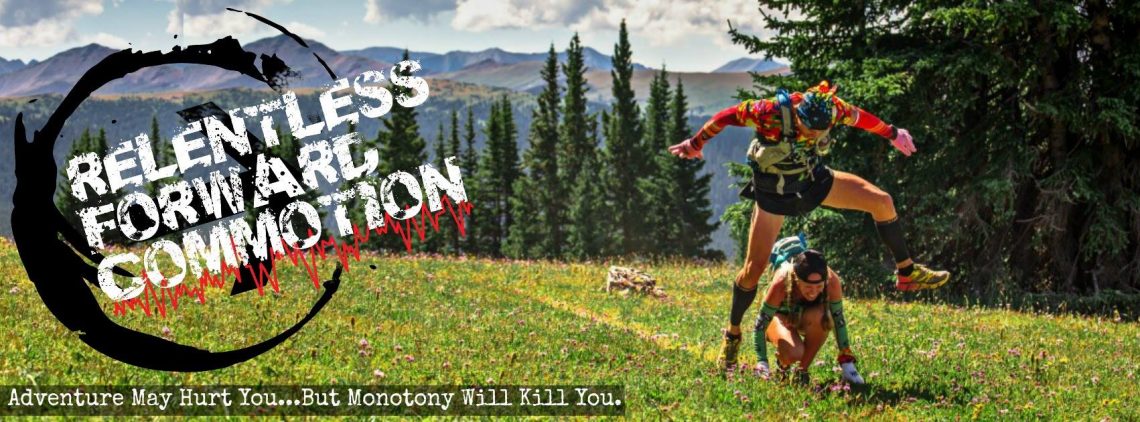
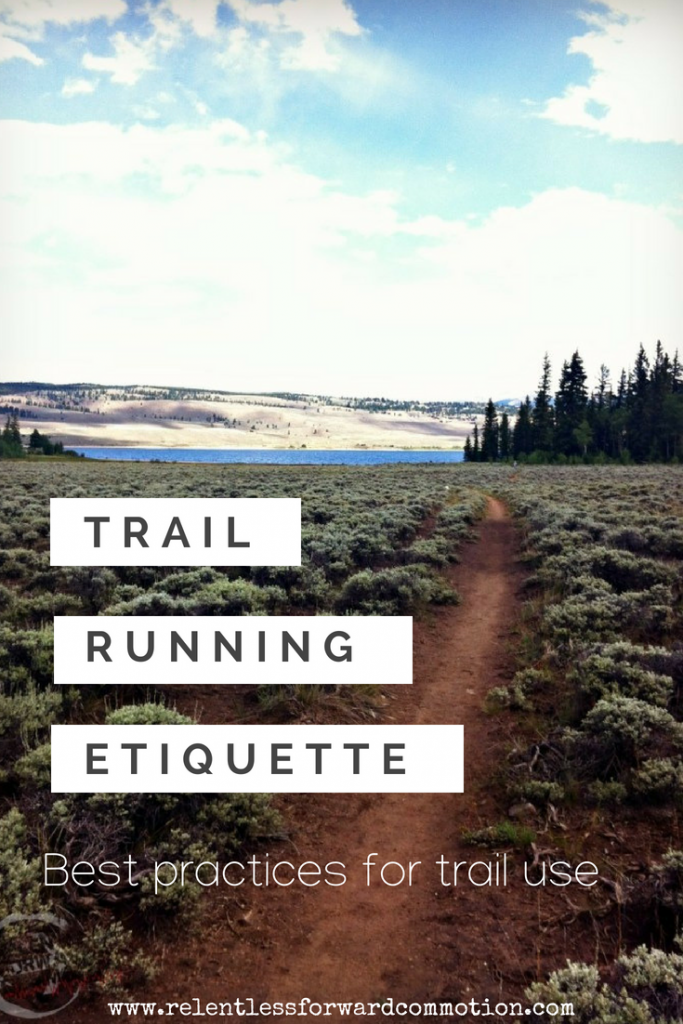
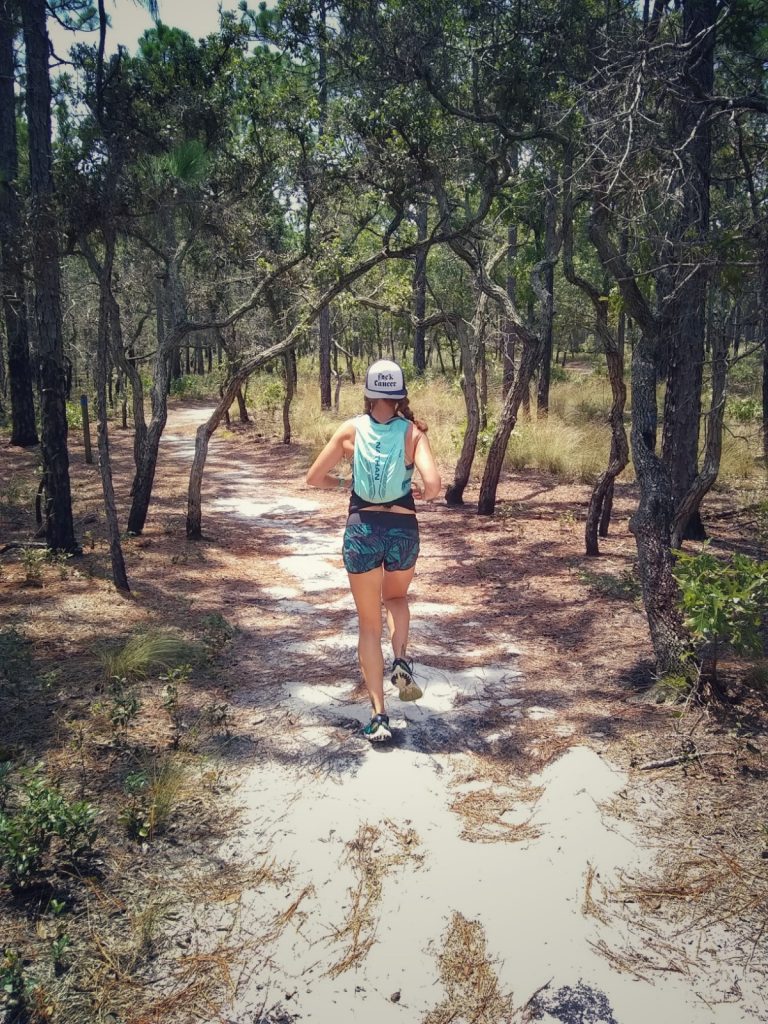
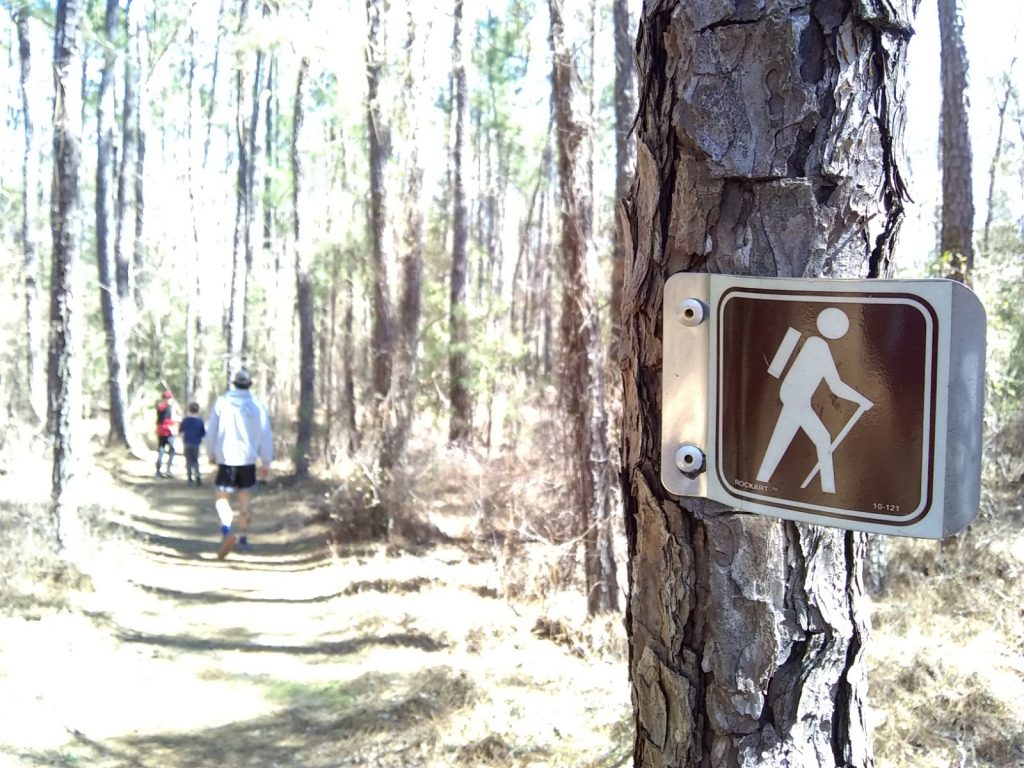
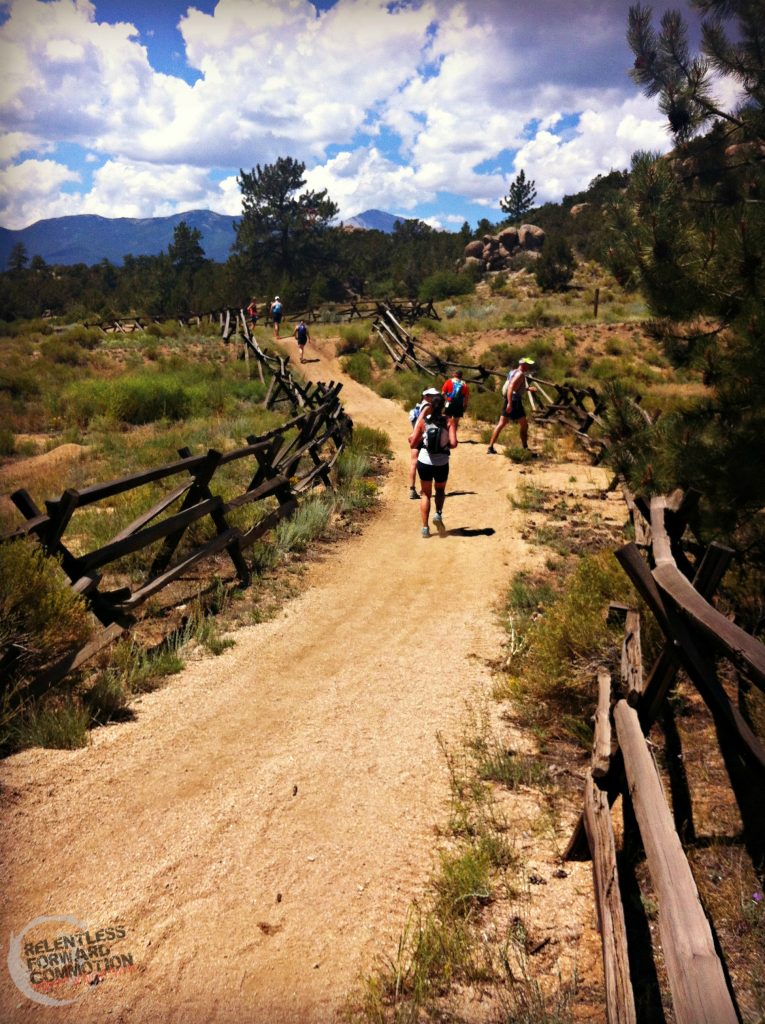
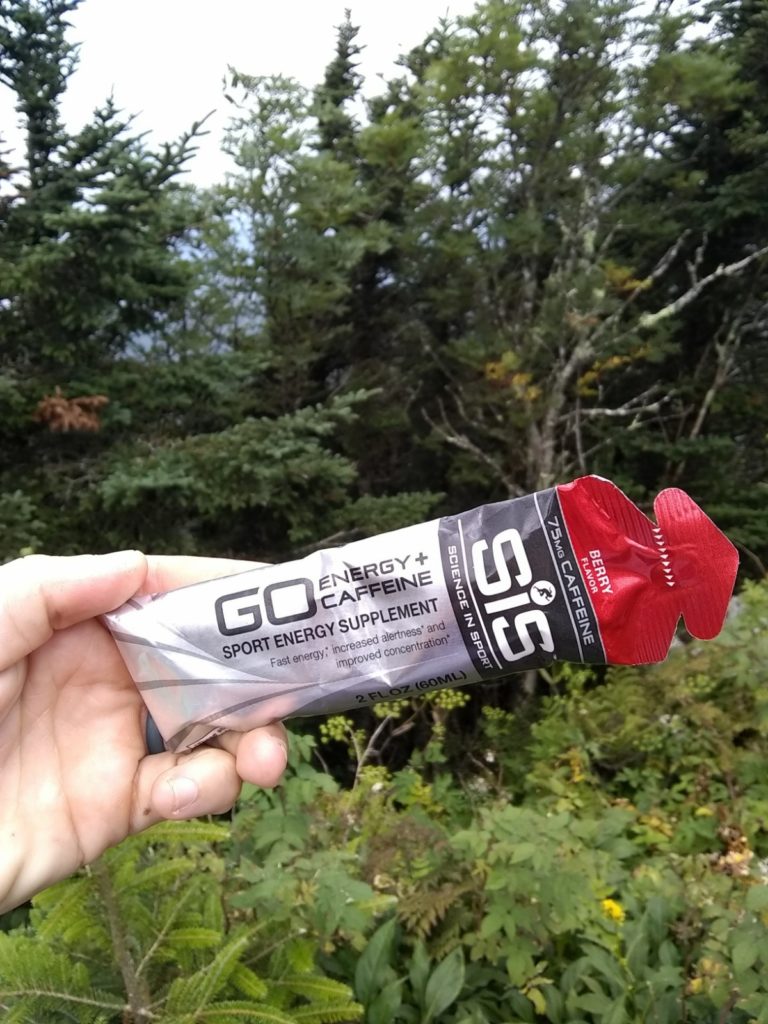
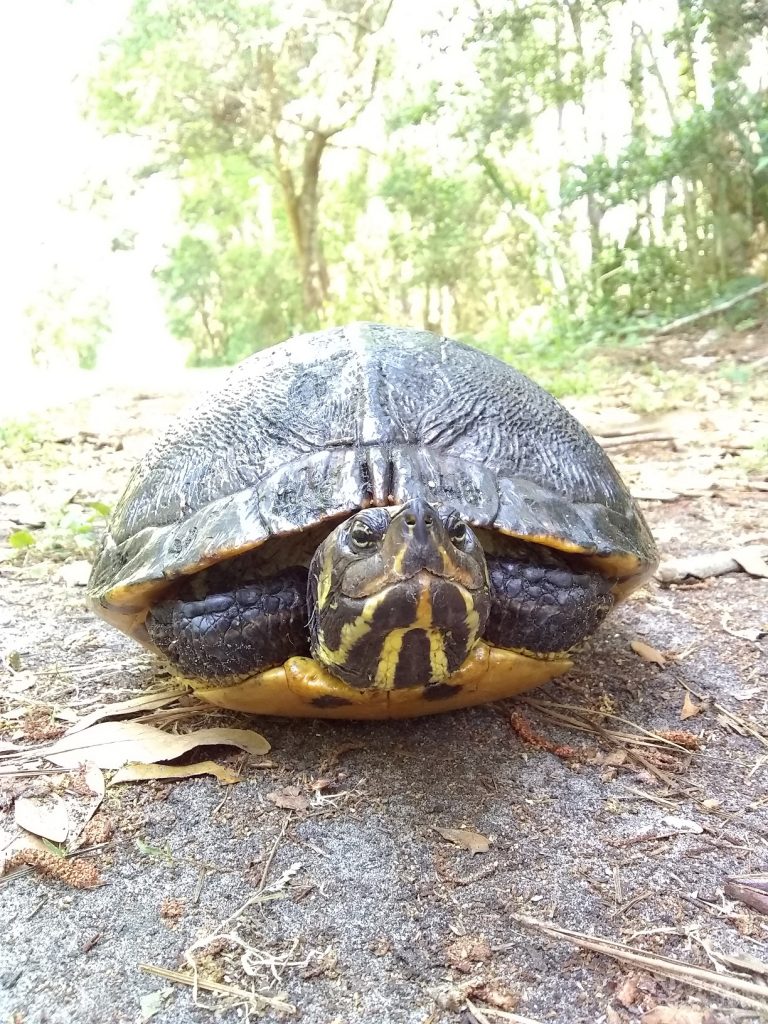
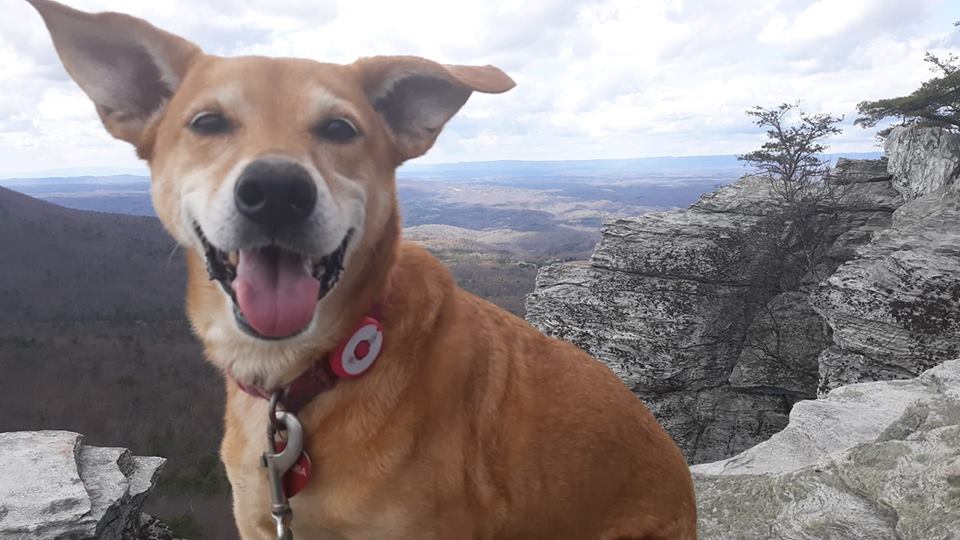
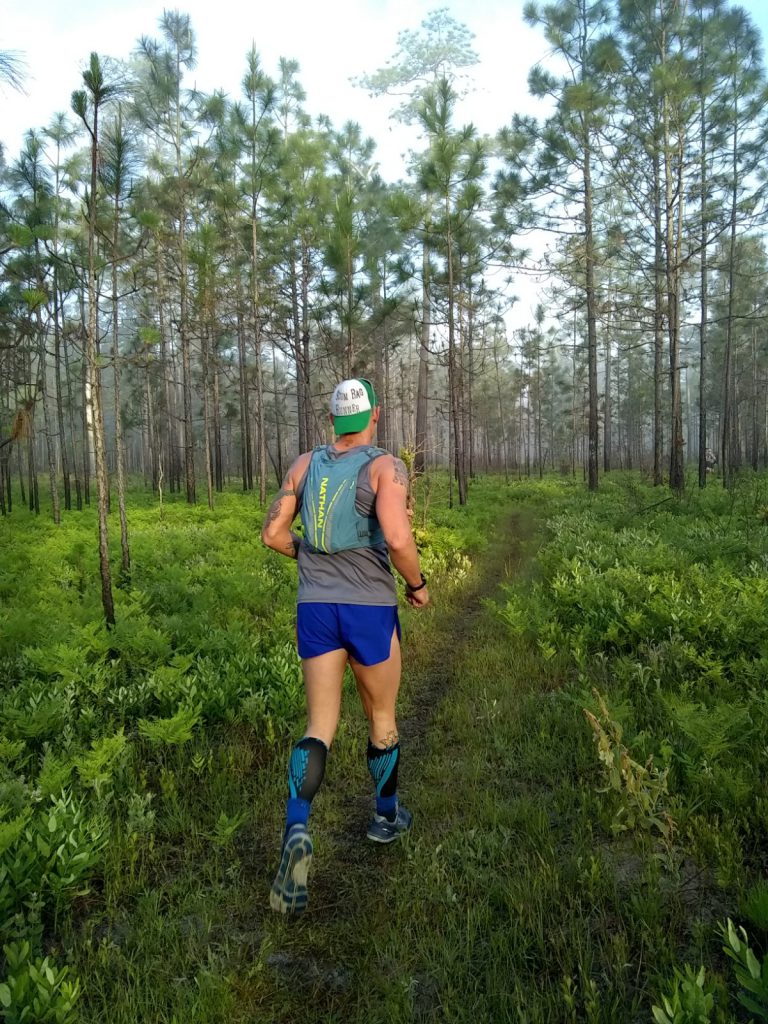
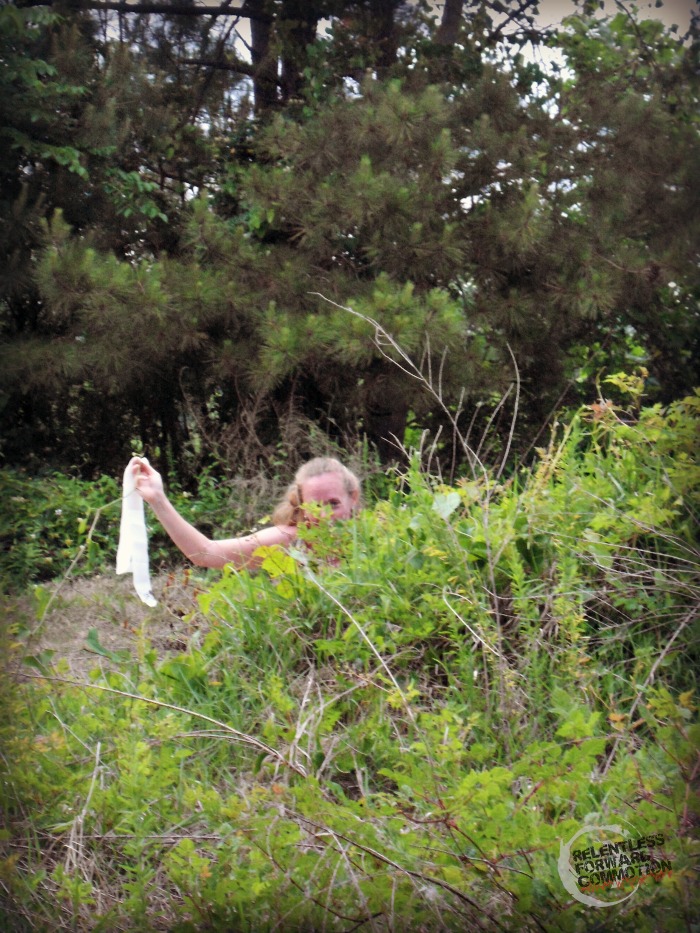
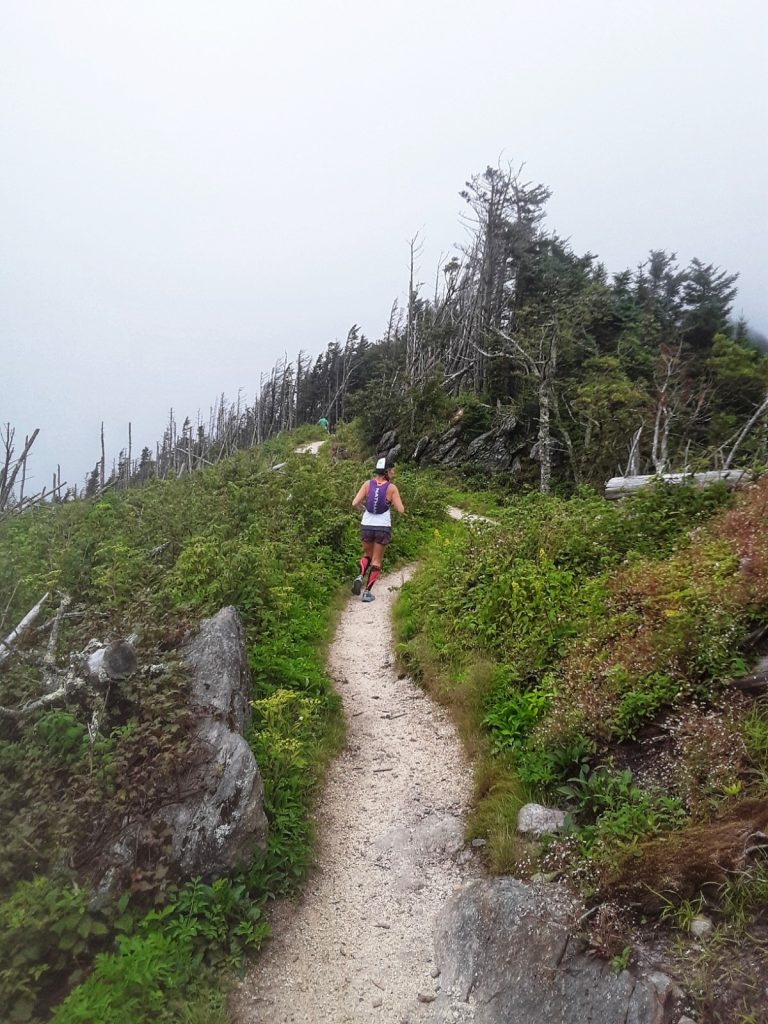
Karen @ Running on Tea
In Ireland we keep left on trails, just like we drive on the left 🙂
Heather
Thank you for commenting Karen! I truly was curious! 🙂
kina
In Europe we run on the right side. England and Ireland are opposite.
Cynthia @ You Signed Up For WHAT?!
Thanks for the tips – this is really helpful since I haven’t run on trails in a while!
Rebecca @ Strength and Sunshine
I really hope to go on some trail runs when it warms up! I love in the PERFECT area for it (and it will be much safer than the roads anyway!) Such a great way to connect with nature too!
Kerri (@KerriOlkjer)
Great tips! I’m hoping to include more trail running this year.
cottercrunch
yes yes! just like cycling, trails need guidelines. I always slow down for bikers too. It can get crazy out there. haha
Happy Fit Mama (@happyfitmama)
I love trail running but don’t do it nearly as much as I’d like. One of my goals this year is to leave the pavement behind more. It’s just so relaxing but a thrill at the same time.
Patty @ Reach Your Peak
Those pics are badass! I have done some trail running though nothing like that. I totally ate it on my last run. I guess I don’t do it as much because my pace per mile drops like 2-3 minutes and I hate that! But obviously I’m working just as hard. Need to forget about that I suppose lol I think I’m going to try more often come spring time. I moved recently and am a lot closer to a few trails now!
Rachel @RunningRachel
Great tips! I don’t have anything to add… you did a great job. AND… love the photos! 🙂
Arthur
Just a comment on your paragraph “Stay to the Right, Pass on the Left”, I live in Holland (for the unknown one of the countries in Europe) and we also stay to the right like most of the countries in Europe. It is actually traffic orientated as for instance in the UK they will stay to the left and pass on the right.
sam
And, in case you ever vist Australia, keep left and pass right.
Amanda (@RunToTheFinish)
Tottttttally need these now that I”m spending more time on the trail!!
John Blankenship
Unfortunately, the one thing they don’t mention is not running on wet, muddy trails. Here in Richmond we are trying to educate the hikers and runners about that but it’s a struggle. The majority of the bikers know but many runners think it is OK and they think the rule only applies to mountain bikers. They even mentioned leaving no trace but made it sound like it’s OK to run in mud. Excerpt: “I repeat, don’t be a jerk; leave absolutely no trace, short of a footprint in the mud.”
Heather
Hi John! Thanks for your comment. All of the “they” referrals in your comment are me, I’m the author of this blog. And believe me when I assure you that maintaining trail integrity is of utmost concern to me! Depending on the trail substrate, runners and walkers simply do not create as much impact (or footprint, if you will) on wet trails as cyclists do. Most cyclists, trail builders, and trail maintanence crews will agree. That said, if your area experiences wildly heavy traffic, then absolutely, all traffic should stay off the trail. Here in Myrtle Beach we have “trail open” and “trail closed” signs. We teach our runners to obey the trail closures as well. Like most things in life, often times people do things not out of malign intent, but rather lack of understanding. All you can do is continue to educate! Thanks for reading!